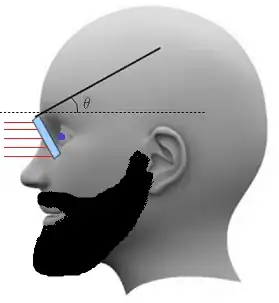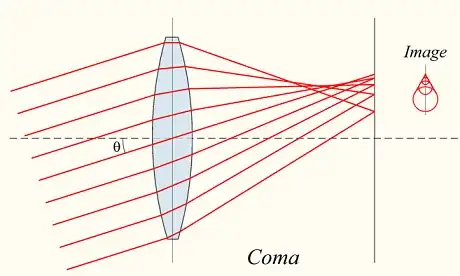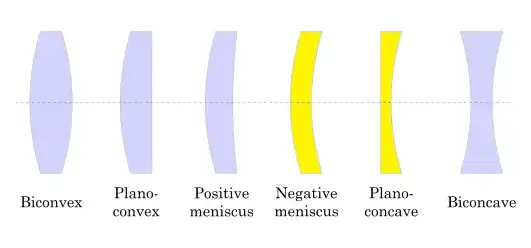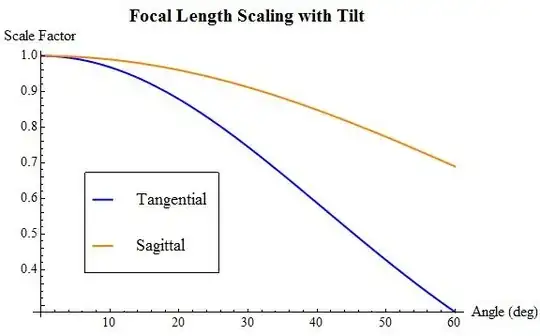When you place two lenses one behind the other, the effective focal length is a function of their distance. This is the principle behind a zoom lens - with the same pieces of glass, a zoom lens achieves a range of distances.
What you are describing is the simplest case of a zoom lens - just two elements. The first element is the cornea + lens in the eye - for a myopic person, this has a focal length that is slightly too short for the distance to the retina, which is why close-up things are in focus but distant objects are fuzzy. To correct this, you add a second lens with a negative focal length - a diverging lens.
The task then is to compute the apparent focal length of the combination, and show that it depends on the distance between the lenses.
From http://en.wikipedia.org/wiki/Lens_(optics)#Compound_lenses you can see
1) when two lenses touch, their compound focal length is found by
$$\frac{1}{f} = \frac{1}{f_1} + \frac{1}{f_2}$$
2) when there is a distance $d$ between the lenses, this complicates to
$$\frac{1}{f} = \frac{1}{f_1} + \frac{1}{f_2}-\frac{d}{f_1 f_2}$$
Rearranging things and taking the focal distance from the second element (the eye - this is the focal length of interest) you get the "Back focal length" or BFL:
$$\mbox{BFL} = \frac{f_2 (d - f_1) } { d - (f_1 +f_2) }$$
For a typical eye, $f_2$ is about 1.7 cm. If you have mild myopia your prescription might be -2 diopters, or $f_2=-0.5m$ since $diopter = 1/f$. When you move the glasses away from your eye, the focal length of the compounds system actually gets shorter - this means for a myopic person that they will work "less well":
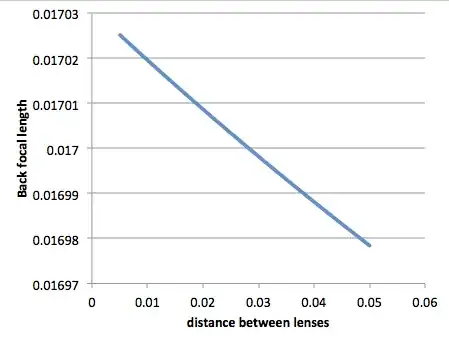
Now when you tilt your glasses, you "compress" the vertical dimension a little bit - in effect, you increase the radius of curvature in the vertical direction (although not in the horizontal). The net result is that you make the lens stronger in one direction - it becomes a slightly astigmatic lens (cylindrical), with greater strength vertically.
On average then, this makes a stronger lens. And if your eyes have a slight cylindrical component of aberration that is not fully corrected by your glasses, this will really help.
In my case, I have strong astigmatism (although no myopia). I find that slightly rotating my glasses (which changes the cylindrical axis direction) can help with focus - as will pressing against the side of my eye (which distorts the eye ball and has the same effect).
In short - what you are doing when you move one lens relative to the other is change the optical properties. Tilting adds a cylindrical component, while moving them apart changes the compound focal length.
Whether this helps you depends on the gap between your prescription and your aberration.
Interesting reading: http://www.oculist.net/downaton502/prof/ebook/duanes/pages/v1/v1c033.html
